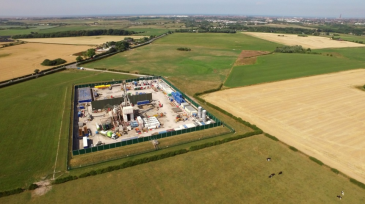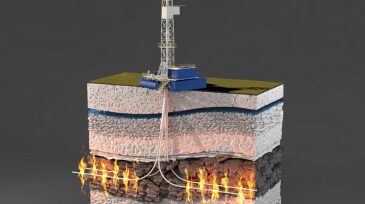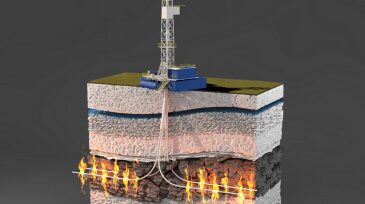induced seismicity
-
Researchers mapped 251 faults in the North Texas home of the Barnett Shale, the birthplace of the shale revolution, finding that wastewater injection there “significantly increases the likelihood for faults to slip.”
-
Management of produced water is driving subtle yet potentially consequential changes in certain regions. Contributing factors for seismicity and well pressurization, while different, share some elements. By assessing these common elements, partial risk profiles for both conditions can be assessed.
-
Cuadrilla has encountered its first bumps in the road while fracturing its Preston New Road shale gas well, with two quakes already temporarily halting injection operations.
-
Stanford researchers have mapped local susceptibility to man-made earthquakes in Oklahoma and Kansas. The new model incorporates physical properties of the Earth’s subsurface and forecasts a decline in potentially damaging shaking through 2020.
-
Stanford geoscientists have found a way to detect thousands of tiny tremors around hydraulic fracturing operations that could serve as predictors of eventual larger earthquakes.
-
Stanford geoscientists have found a way to detect thousands of tiny tremors around hydraulic fracturing operations that could serve as predictors of eventual larger earthquakes.
-
This study presents a simplified framework for the quantification of the probability of seismically induced subaerial and submarine mass movements, an essential input for assessment of tsunami risk.
-
One of Oklahoma’s top government officials announced recently that it could be many more months before the full scope of the state’s regulatory response plan for induced seismicity is proven effective.
-
Geophysicists from Stanford University have compiled a map of new maximum horizontal stress orientations in Texas and surrounding areas, potentially giving operators new information for avoiding seismic activity in their hydraulic fracturing operations.
-
Earthquake in Cushing, OK -- home to the largest oil storage facility in the world -- leads to further regulatory action on disposal wells in the area.









